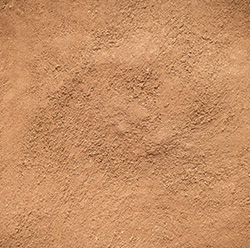Become immersed in the lives of the Ovaherero people as they go about their daily routines.
Ombu Cultural Village seeks to document and preserve the heritage and culture of the Ovaherero in the form of a living museum, reflecting on the past whilst informing the present
The Village consist of a traditional homestead, comprising 9 houses with dinstinctive original designs and building methods dating back to 1880, and other periodic designs over the last 150 years.







